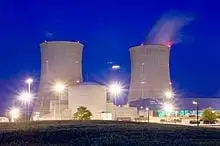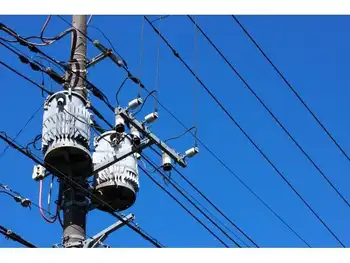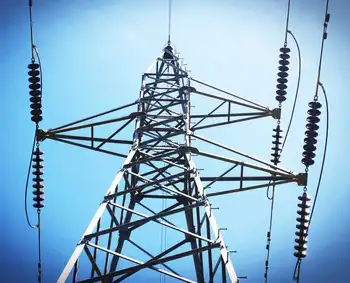Capacity of China's straw-fueled power plants reaches 1.2 million kilowatts
BEIJING, CHINA - Thirty-four straw-burning power plants were being built at the end of 2006 in China's rural areas with a total installed capacity of 1.2 million kw to help local farmers generate extra income.
Among them, three plants have already begun operations in Shandong, Jiangsu and Hebei provinces, according to China's National Development and Reform Commission (NDRC).
Suqian plant, in Jiangsu Province, has a capacity of 240,000 kw and is capable of generating 156 million kwh per year, supplying 132 million kwh to the national power grid. It can consume 170,000 tons to 180,000 tons of straw annually, which is equivalent to 98,000 tons of standard coal.
Straw is relatively clean fuel. A biomass power plant of 25,000 kw can generate 100,000 tons less carbon dioxide every year compared with the coal burning power plant of the same capacity, said Jiang Gaoming, chief researcher of the Institute of Botany of the Chinese Academy of Sciences.
Coal burning also generates a lot of sulfur dioxide, which is the main cause of acid rain. Straw contains one tenth of the amount of sulfur in coal.
Thirty percent of burnt coal is waste, which is generally harmful to the environment, while biomass burning generates just two percent and can be used as fertilizer after proper processing, said Jiang.
Straw burning power industry will grow faster in China with supportive policies, development of new technologies and the formation of a raw material collection and storage systems, according to the NDRC.
Electricity generated from straw has a preferential price of 0.25 yuan per kwh higher than coal-fueled power when sold to the state grid. In addition, straw power plants enjoy a series of preferential policies including tax exemption.
The development of a straw-burning electricity industry also helps local economies.
It is estimated that a straw power station with a capacity of 25,000 kw would consume 200,000 tons of straw a year. Calculated at a purchase price of 200 yuan (25 U.S. dollars) per ton, it would make 40 million yuan (five million U.S. dollars) for the local farmers, benefiting nearly 50,000 rural households.
Yang Desheng, a farmer near the Suqian plant, said the crops in his field would produce 7.2 tons of straw a year. He could only burn it down before, but now he sold it, earning 1,440 yuan (180 U.S. dollars).
China has more than 600 million tons of straw produced every year. It also has 19 billion tons of forest biomass, of which 300 million tons can be utilized as energy resources.
By the end of 2006, China's installed power generating capacity had reached 622 million kw, of which 484 million kw or 77 percent was fueled by coal, a major source of pollution.
Under China's development plan, by the end of the 11th Five-Year Plan (2006-2010), the overall capacity will reach 800 million kw, of which 35 percent would be "clean power" generated from hydropower, nuclear energy and other forms of new energy including straw-fueled electricity.
Related News

Nuclear plant workers cite lack of precautions around virus
HARTFORD - Workers at Connecticut's only nuclear power plant worry that managers are not taking enough precautions against the coronavirus after 750 temporary employees were brought in to help refuel one of the two active reactors.
Ten employees at the Millstone Power Station in Waterford have tested positive for the virus, and the arrival of the temporary workers alarms some of the permanent employees, The Day newspaper reported Sunday.
"Speaking specifically for the guard force, there's a lot of frustration, there's a lot of concern, and I would say there's anger," said Millstone security officer Jim Foley.
Foley, vice president of the local…




